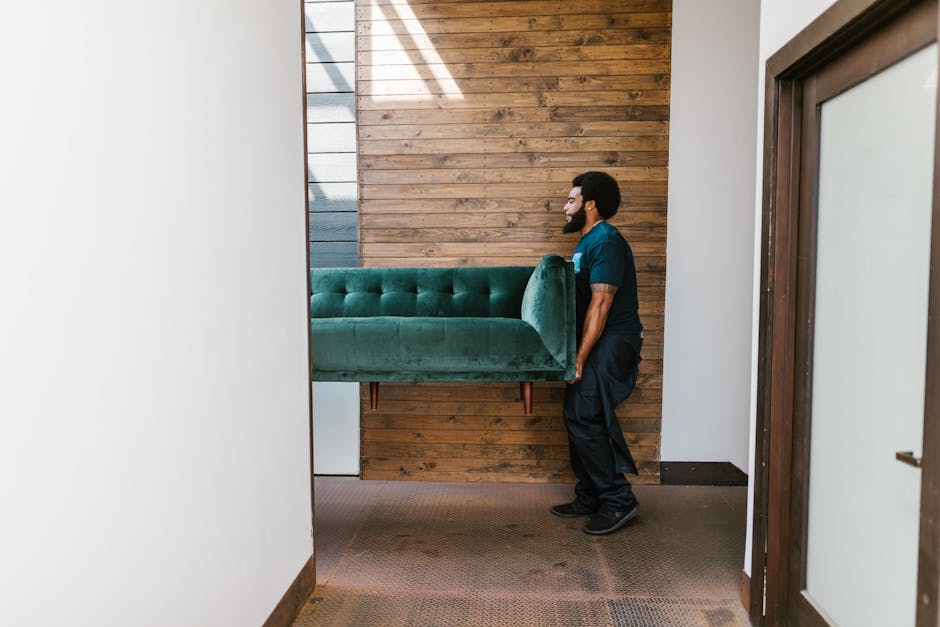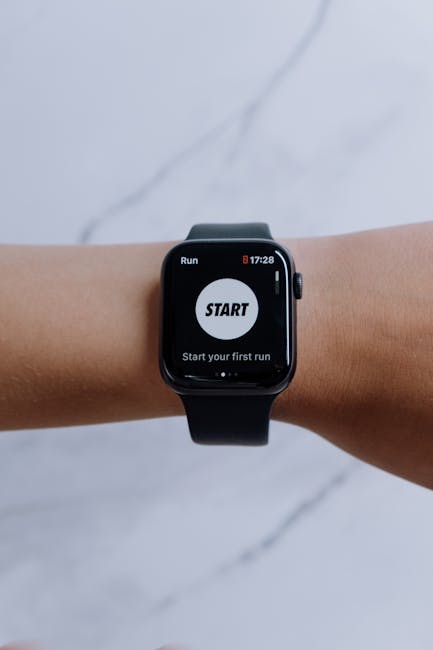
Smartphone Time-Lapse Photography: Creating Stunning Videos
Smartphone Time-Lapse Photography: Creating Stunning Videos
In today’s digital age, smartphones have transformed into powerful tools for creative expression, and time-lapse photography is one of the most captivating techniques you can master. By compressing hours—or even days—into mere seconds, time-lapse videos reveal the hidden rhythms of our world, from bustling cityscapes to the slow dance of clouds across the sky. The best part? You don’t need expensive equipment to create these mesmerizing visuals. With just your smartphone and a few key techniques, you can produce professional-quality time-lapse videos that captivate your audience.
Choosing the Right Scene
The foundation of a great time-lapse is selecting a compelling subject. Look for scenes with movement or gradual transformation: sunrises and sunsets, flowing traffic, blooming flowers, or shifting shadows. Urban environments offer dynamic energy, while natural settings provide serene, organic motion. Consider the lighting conditions—dramatic changes in light, like the transition from day to night, can add depth and emotion to your footage.
Stability is Key
Since time-lapse photography involves capturing hundreds or thousands of frames over time, even the slightest camera movement can ruin the final result. To ensure smooth, professional footage, use a tripod or a stable surface to keep your smartphone perfectly still. If you’re shooting outdoors, be mindful of wind or vibrations that could disturb your setup. Some smartphones have built-in stabilization features, but nothing beats a solid, stationary base.
Adjusting Settings for Optimal Results
Most modern smartphones have a built-in time-lapse mode, which simplifies the process by automatically adjusting intervals between shots. However, for more control, consider using third-party apps that allow manual settings. Key adjustments include:
- Interval Length: Shorter intervals (1-2 seconds) work well for fast-moving subjects like crowds or clouds, while longer intervals (10-30 seconds) are ideal for slower changes, such as a sunset.
- Resolution and Frame Rate: Higher resolutions (4K) provide crisp detail, while a standard 24-30 fps ensures smooth playback.
- Exposure Lock: Prevent flickering by locking exposure and focus before starting your shoot.
Post-Processing for Polish
Once you’ve captured your footage, a little editing can elevate your time-lapse from good to stunning. Use apps like Adobe Premiere Rush, LumaFusion, or even your phone’s native editor to adjust contrast, saturation, and speed. Adding music or ambient sound can enhance the emotional impact, while subtle transitions can make the sequence feel more cinematic.
Sharing Your Masterpiece
The final step is sharing your creation with the world. Social media platforms like Instagram, TikTok, and YouTube are perfect for showcasing time-lapse videos. Use relevant hashtags (#Timelapse, #SmartphonePhotography) to reach a wider audience, and don’t forget to credit any music or editing tools you’ve used.
With patience, creativity, and the right techniques, smartphone time-lapse photography can unlock a new dimension of storytelling. So grab your phone, find a captivating scene, and start capturing the world in motion—one frame at a time.







